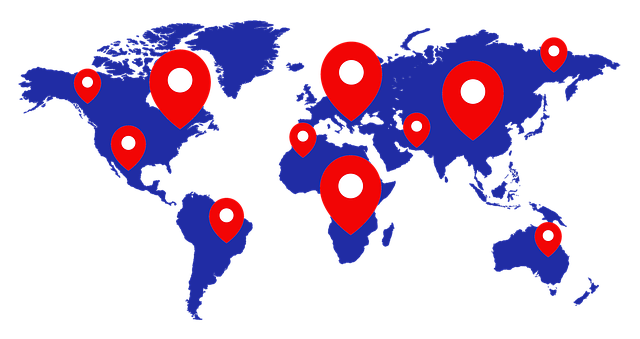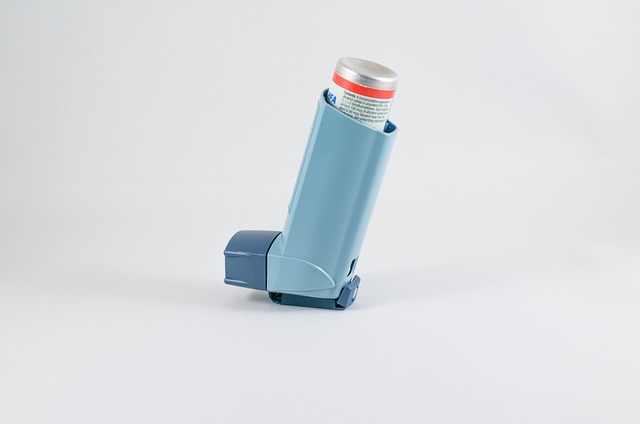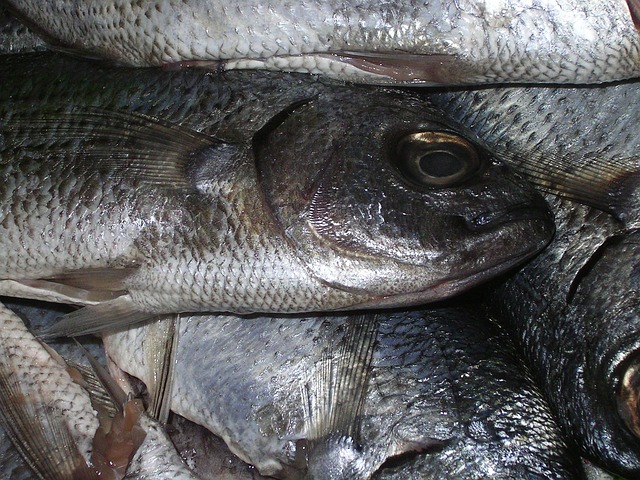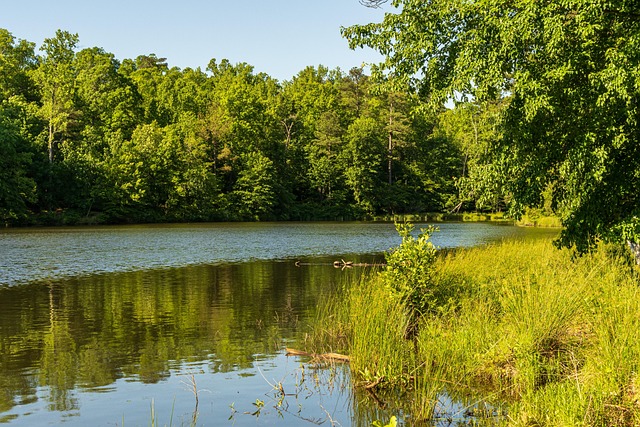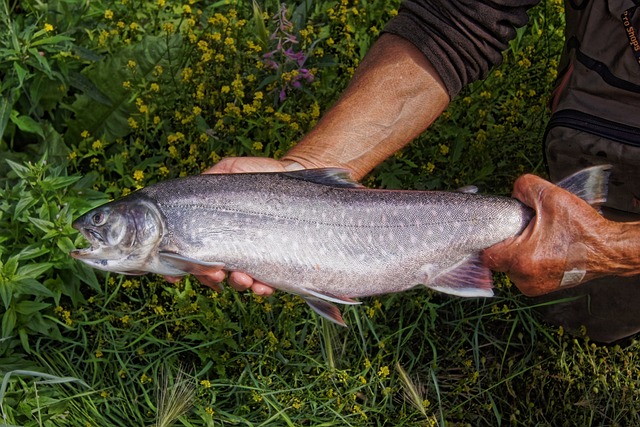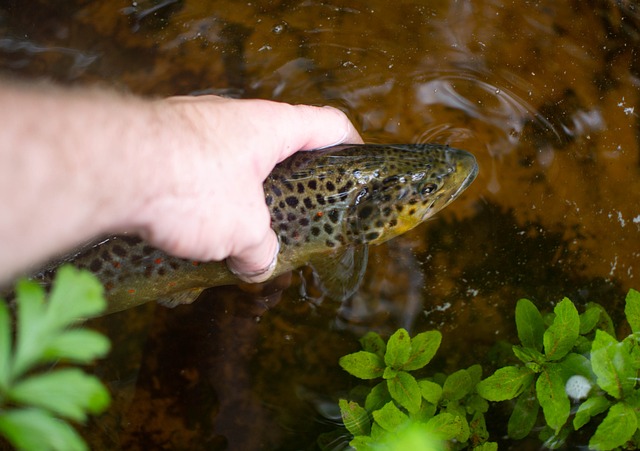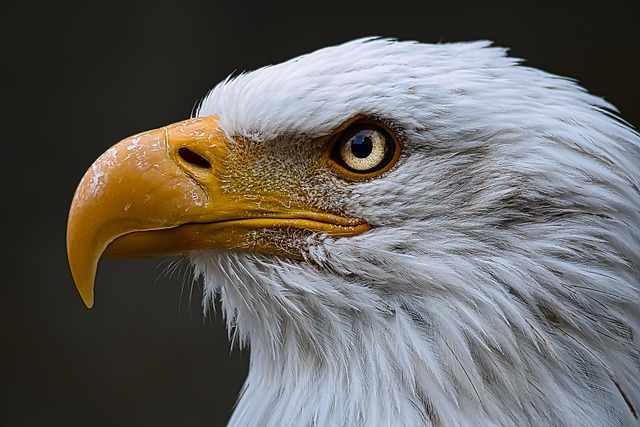Catch and release fishing is essential for preserving the ecological health of the Upper Willamette ecosystem, ensuring sustainable conservation efforts, and protecting endangered species. By adopting responsible practices like proper hook removal and prompt release, anglers support balanced aquatic communities and maintain fragile habitats. Community engagement and collaboration are key to long-term success, aligning conservation strategies with local knowledge for a thriving Upper Willamette fishing heritage.
“Exploring the practices of catch and release on the Upper Willamette River, this article delves into its impact on fish populations and ecosystem health. With a focus on responsible fishing techniques, we examine how these methods benefit local species and preserve the river’s natural balance. Furthermore, we discuss community engagement in conservation efforts and highlight future initiatives aimed at sustaining the Upper Willamette’s rich fishing heritage. Understanding catch and release is crucial for maintaining a vibrant and sustainable aquatic environment.”
- Understanding Catch and Release on Upper Willamette Rivers
- Benefits for Fish Populations and Ecosystem Health
- Best Practices and Techniques for Responsible Fishing
- Community Engagement and Future Conservation Efforts
Understanding Catch and Release on Upper Willamette Rivers
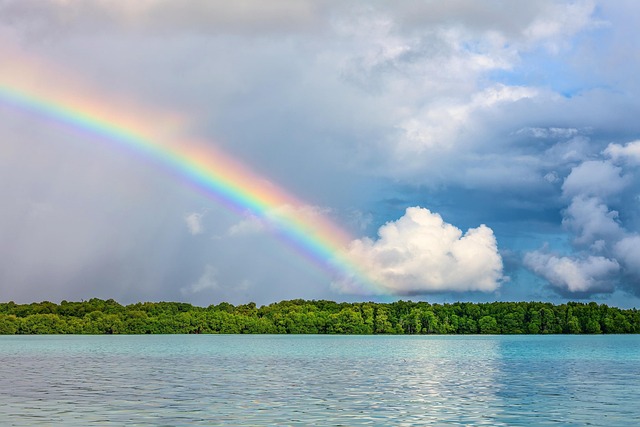
Catch and release, a popular practice among anglers, is designed to promote sustainable fishing on the Upper Willamette Rivers while preserving the region’s rich fishing conservation efforts. This method involves carefully catching fish, removing them from the water for a brief moment, and then promptly releasing them back into their natural habitat. Anglers are encouraged to handle fish with care, using tools like long-nose pliers to minimize damage to their delicate skin.
By adopting catch and release, anglers contribute to maintaining healthy fish populations and protecting Upper Willamette’s renowned fishing resources for future generations. This practice is especially vital during peak fishing seasons when the demand for sport fishing is high. It allows fish to reproduce naturally, ensuring a consistent supply of fish in the river, which benefits both local ecosystems and the overall conservation efforts of this picturesque region.
Benefits for Fish Populations and Ecosystem Health
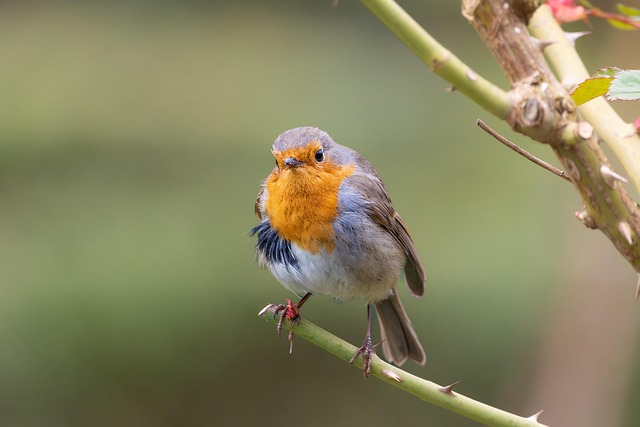
The catch and release practice, a cornerstone of responsible angling, offers significant benefits for fish populations and the overall health of the Upper Willamette ecosystem. By opting to return caught fish back into the water instead of keeping them, anglers contribute to maintaining a balanced and diverse aquatic community. This approach is particularly vital in preserving endangered or vulnerable species that are integral to the region’s biodiversity.
Moreover, catch and release promotes the long-term sustainability of Upper Willamette fishing conservation. It allows for the continuation of this popular recreational activity for generations to come, ensuring that fish stocks remain robust and that the ecosystem thrives. This method is especially crucial in protecting fragile habitats and maintaining the delicate balance between predators and prey, ultimately fostering a healthier and more resilient riverine environment.
Best Practices and Techniques for Responsible Fishing
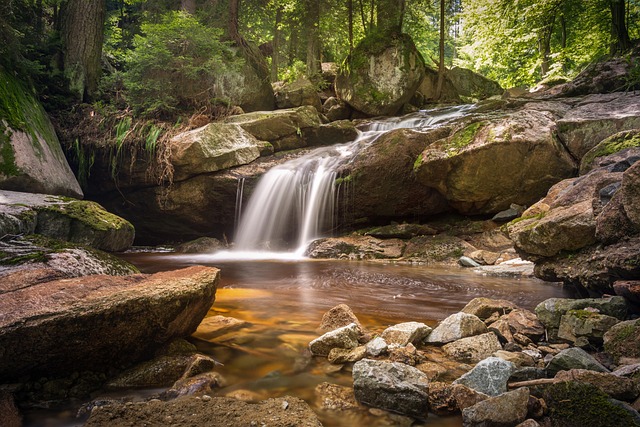
Engaging in catch and release fishing on the Upper Willamette requires a commitment to responsible practices that preserve the health of the ecosystem for future generations. One key technique is proper hook removal, ensuring minimal damage to the fish’s mouth and fins. Using equipment designed for catch and release, such as lightweight lines and hooks, can also reduce the stress on captured fish.
Additionally, handling fish with wet hands or a net minimizes injury and helps maintain their body temperature. After carefully removing the hook, it’s crucial to support the fish horizontally to prevent further strain. Promptly releasing the fish back into the water, as soon as it shows signs of recovery, is essential for its survival. Practicing these responsible fishing techniques contributes significantly to the conservation efforts of the Upper Willamette’s rich aquatic resources.
Community Engagement and Future Conservation Efforts
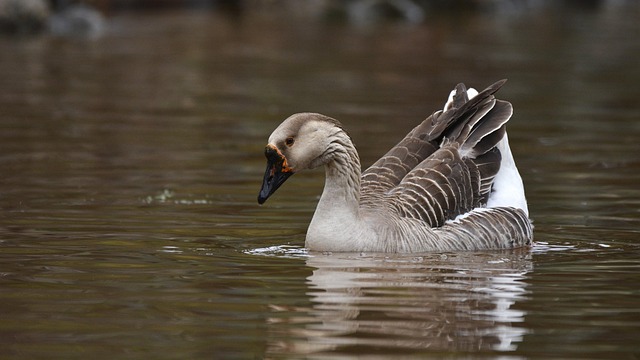
Community engagement plays a pivotal role in the long-term success of catch and release practices on the Upper Willamette. By fostering open dialogue and involving local anglers, environmental groups, and scientific experts, we can collectively gather insights and develop strategies tailored to the river’s unique needs. This collaborative approach ensures that conservation efforts align with the knowledge and experiences of those who rely on—and deeply appreciate—the Upper Willamette’s abundant aquatic resources.
Looking ahead, these community-driven initiatives will be instrumental in safeguarding the future health of the Upper Willamette ecosystem. Through ongoing monitoring, research, and adaptive management, we can respond to changing environmental conditions and angler pressures, ensuring that catch and release remains a sustainable practice for generations to come. The collective commitment to preserving this vital natural treasure is not just about protecting fish populations but also about safeguarding the cultural heritage and economic well-being of the region tied to the Upper Willamette’s vibrant fishing community.
